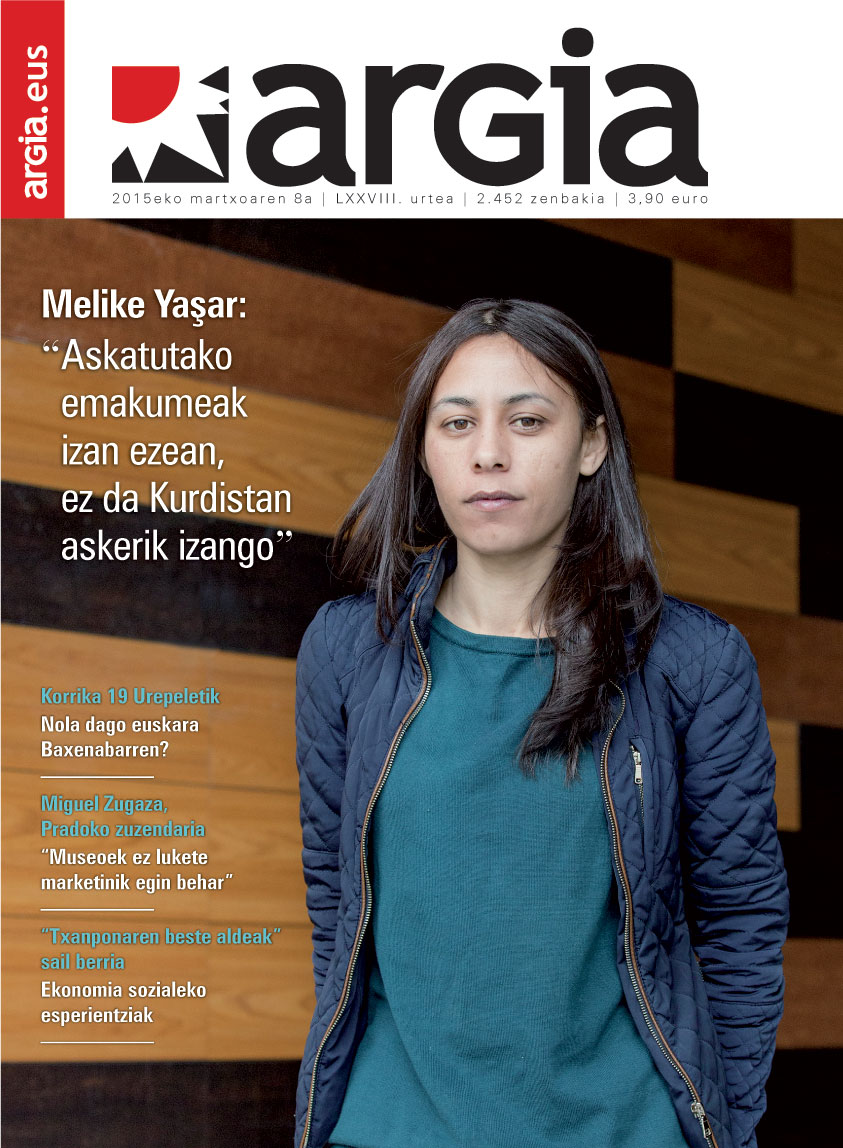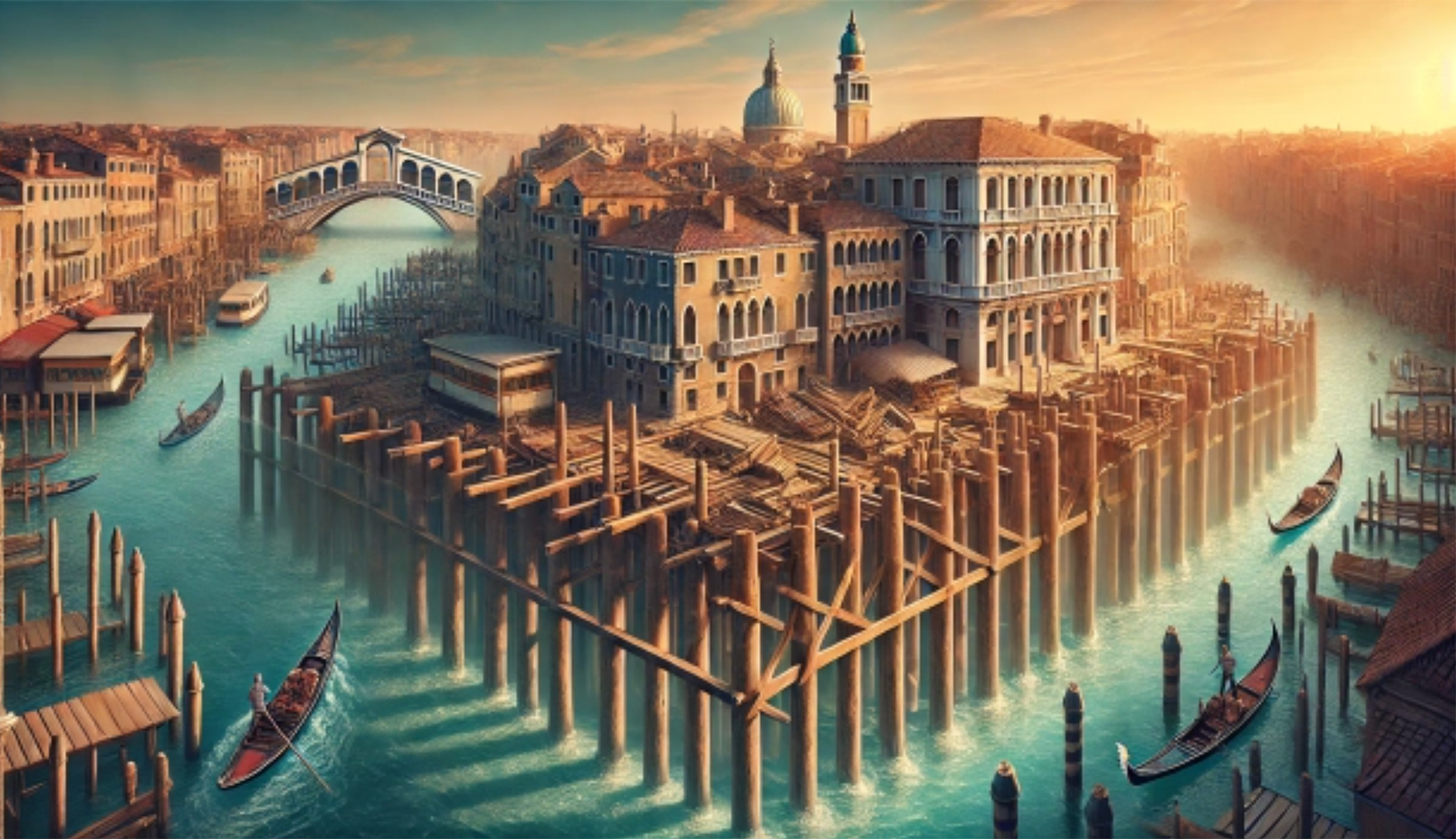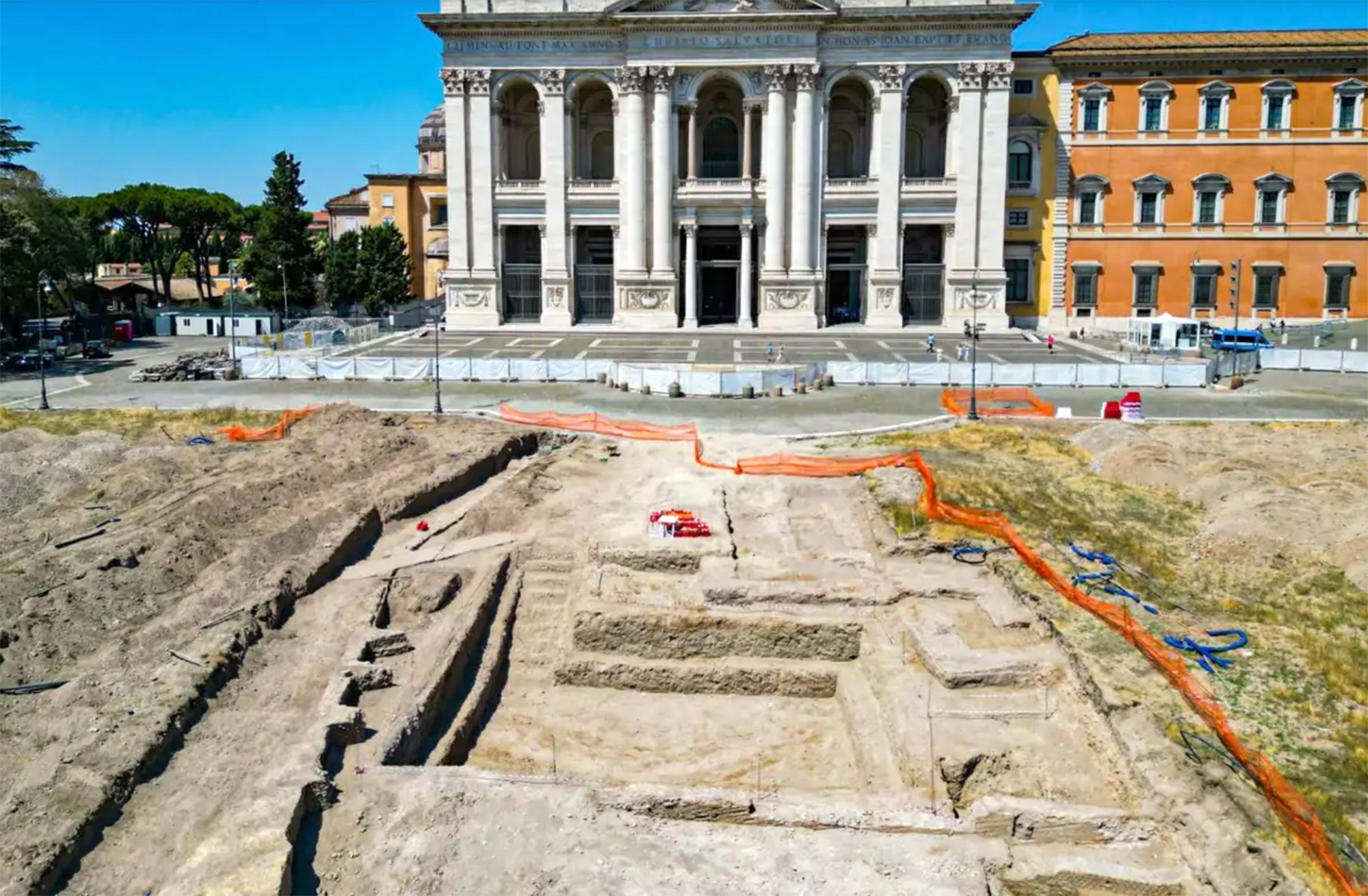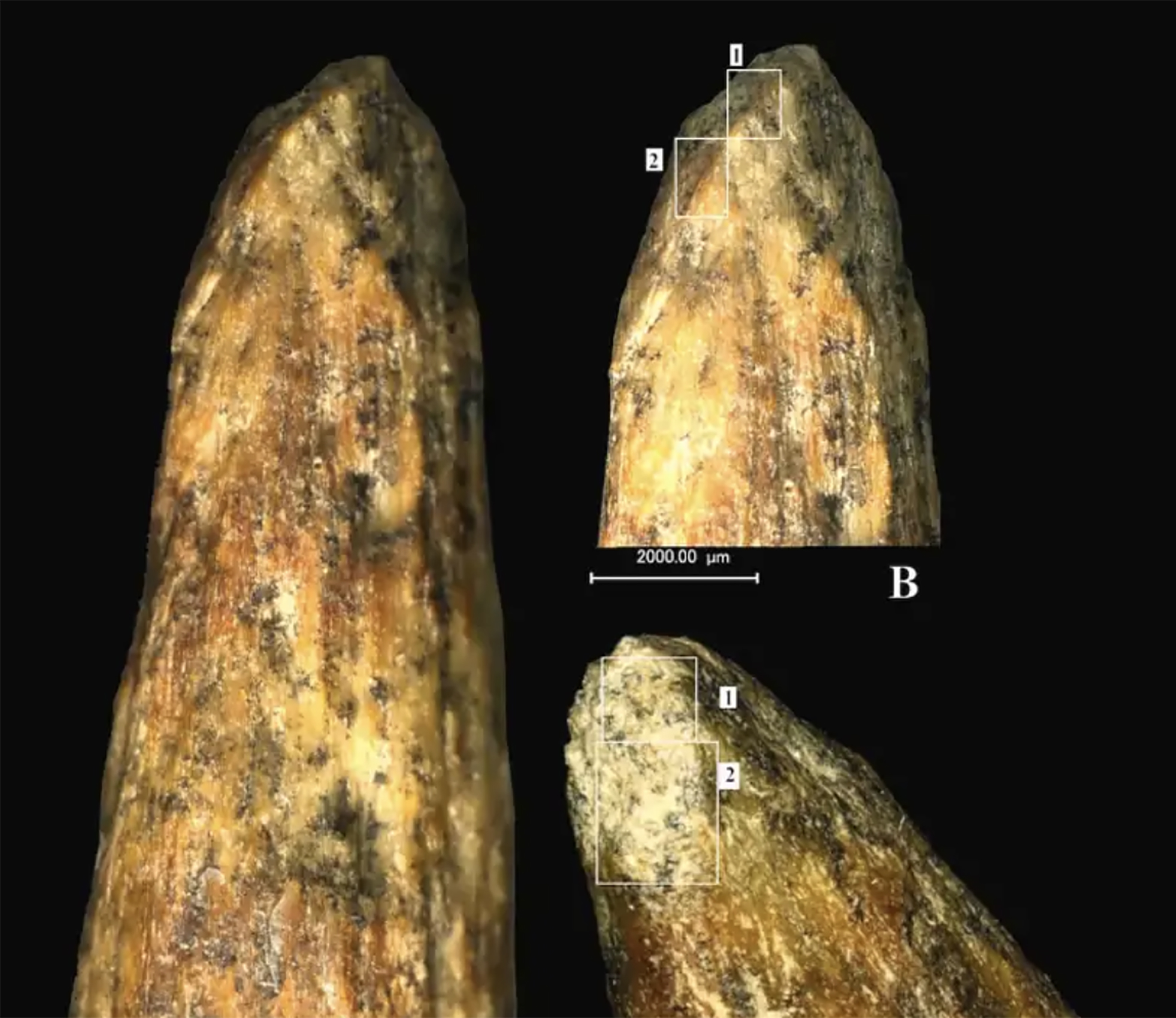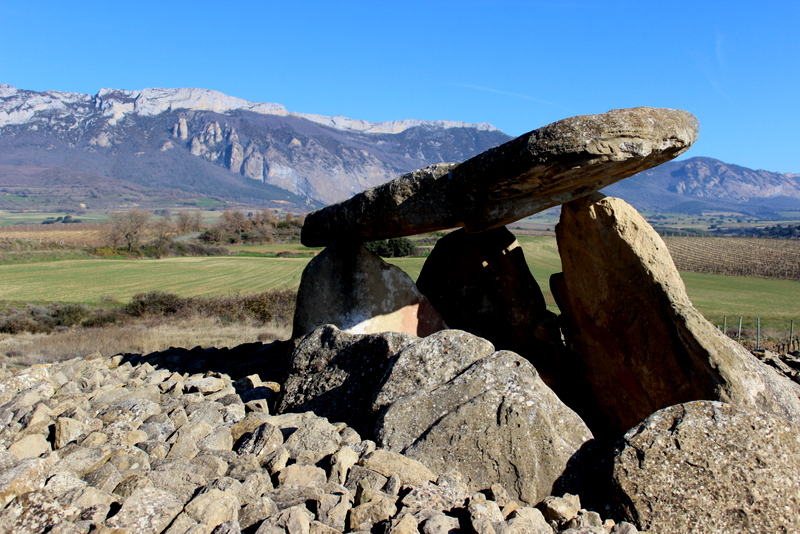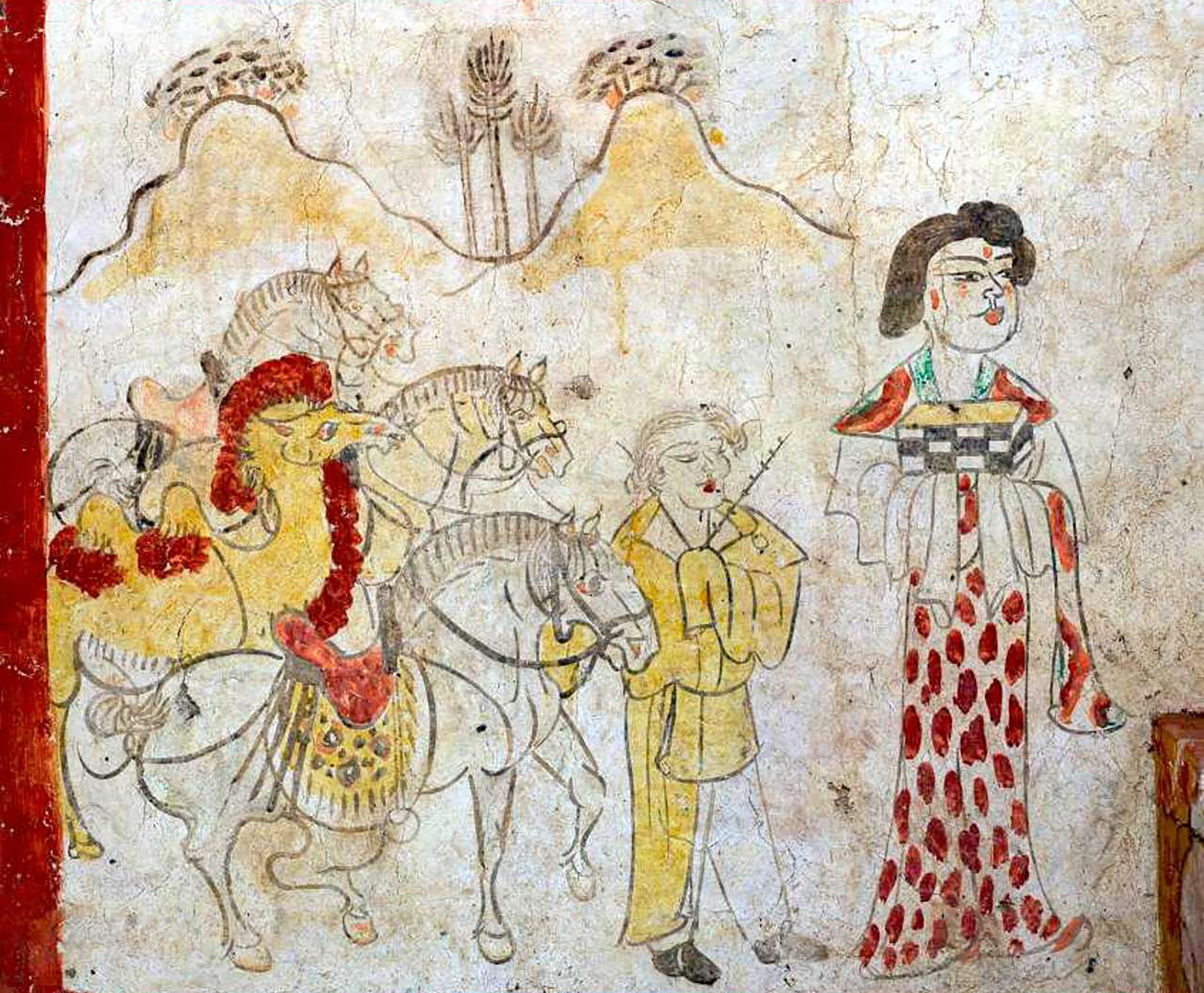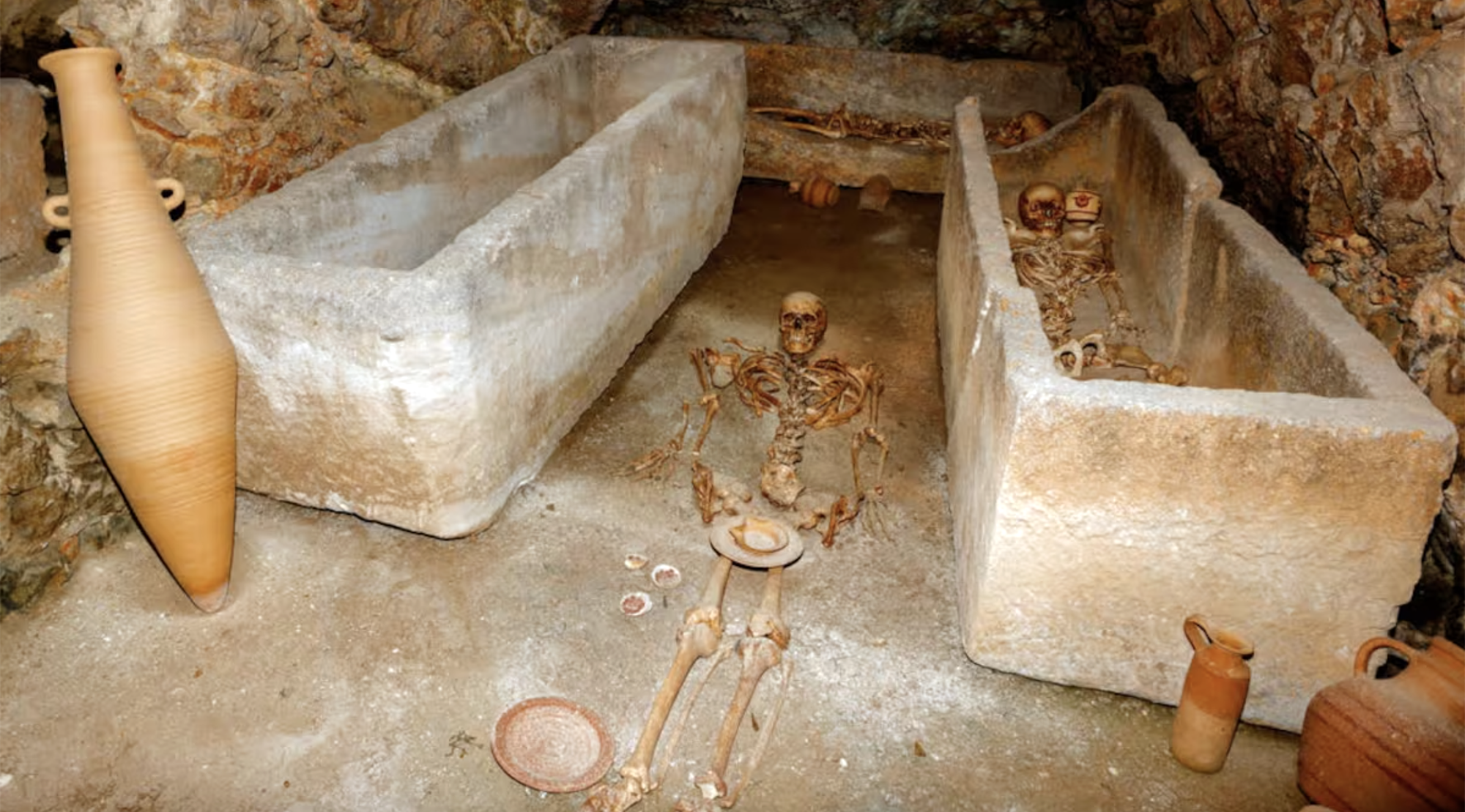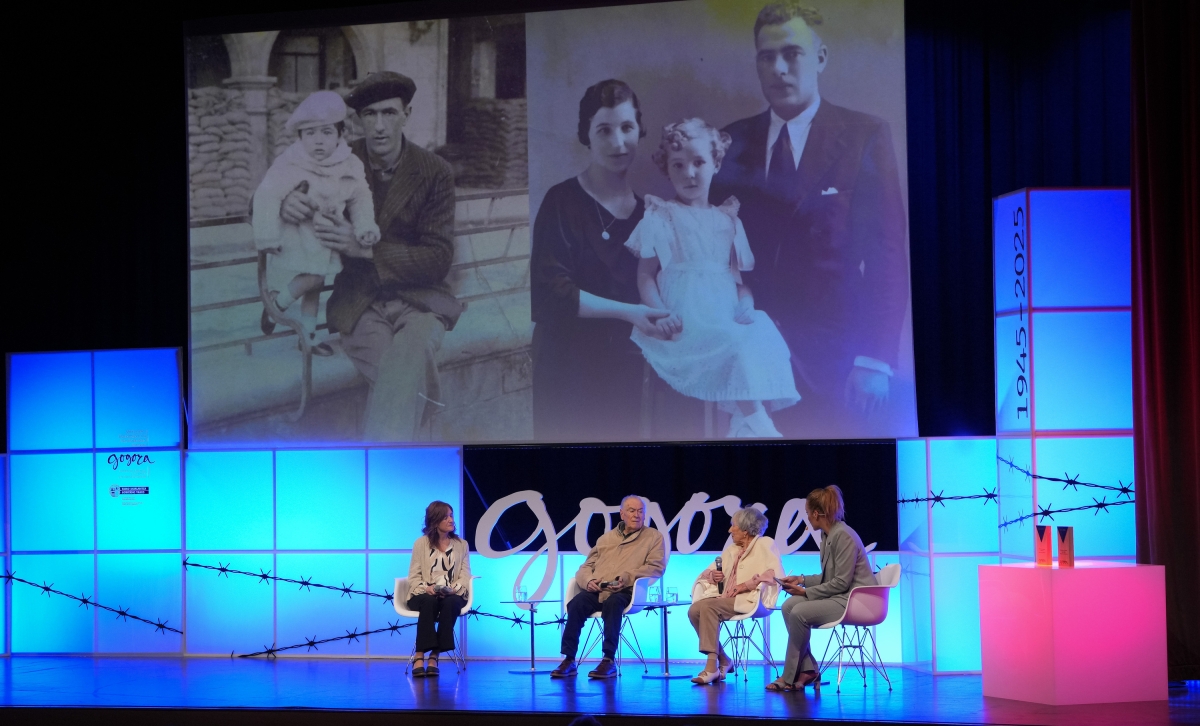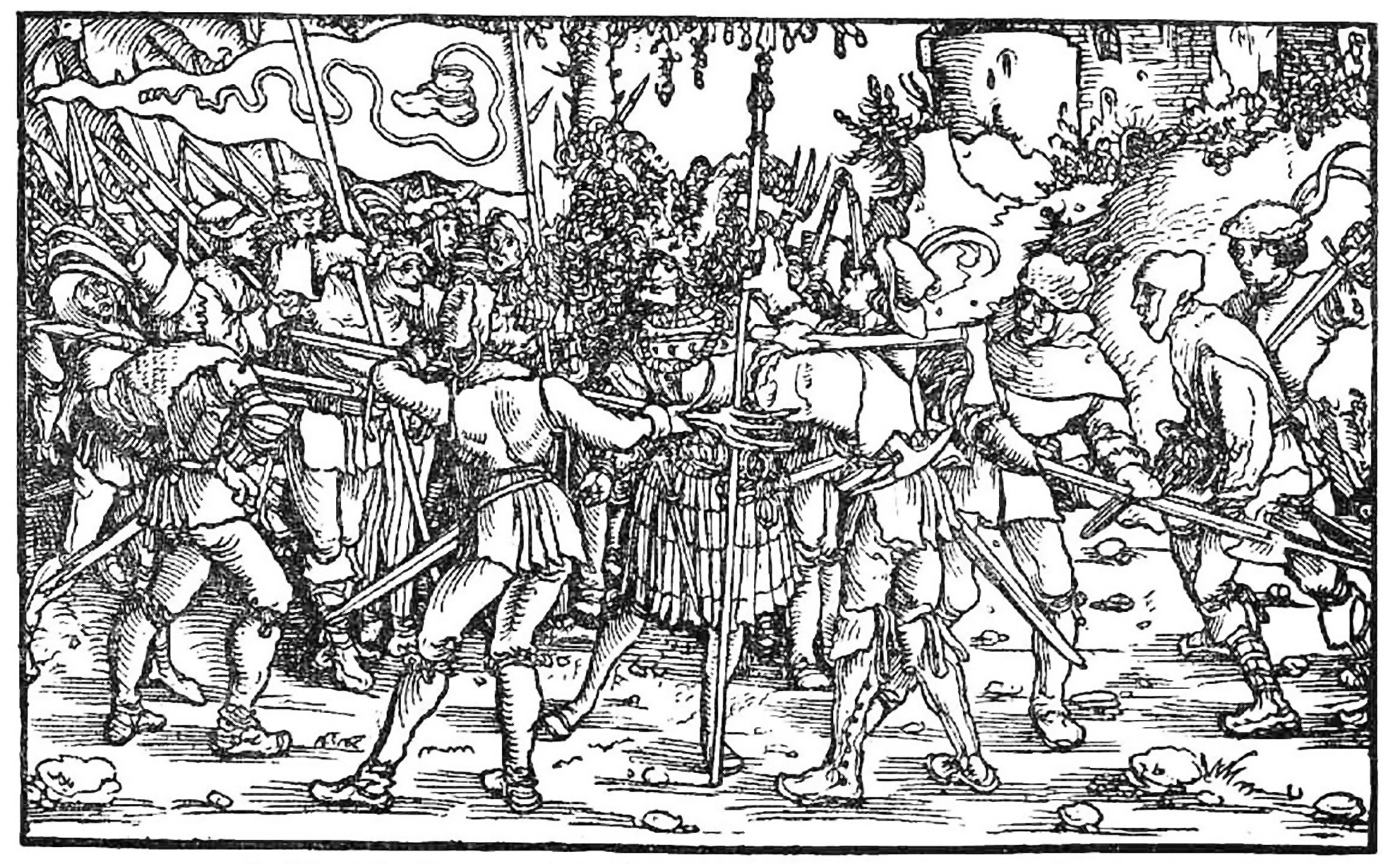Rereading the history of art
- The exhibition dedicated to the Italian forgotten artist, Passion according to Carol Rada, is an unbeatable opportunity to critically re-read the principal historiography of art. 200 works carried out over the course of 70 years to question the common places of 20th century art.
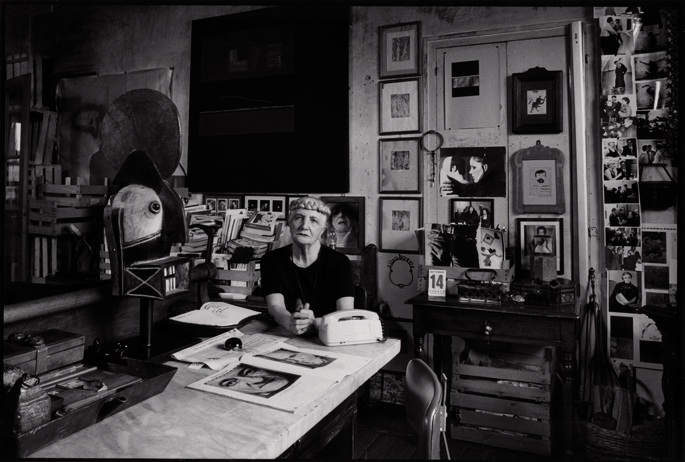
The story, Ambrose Bierc, defines it as: “A false story that reports to a large extent minor events, mostly inspired by evil rulers and above all by senseless soldiers.” Another thing is that these minor events can give rise to more important events: to put an apocalyptic, for example, wars. Joseba Sarrionandia, for his part, provides history with a more appropriate definition for this text: “Text that is being written over and over again to be erased and rewritten. History accumulates all kinds of arguments, although it still doesn’t know what it wants to show.”
That input form for what, and to say I've been in an exhibition. Museu d’art contemporani de Barcelona. Name: She passed segons Carol Rama. Neither Bach nor two: Carol Rama. Don't worry, keep reading, it's normal that you don't know your name. We are told in the handsheet that is collected with an entry of 5 euros: the name does not appear in any history, nor in the so-called “history of women artists”. Born in Turin in 1918 in a family of industrialists, the bourgeois, therefore, without much anguish. Not from the economic point of view: without artistic education, the death that affected the work of the beginnings of Ram – the father committed suicide with the daughter at the age of 22 – and the institutional lockdown – the mother had to be admitted to a psychiatric ward after the death of her father. It was then that he began to paint the aquarelas that most attract the attention of this exhibition: a woman does shit, a human penis enters a platypus, a body opens with its hands the vulva, a snake leaves a ass. The first time he publicly showed them was in 1945. The Italian government censored them for “lascivia”.
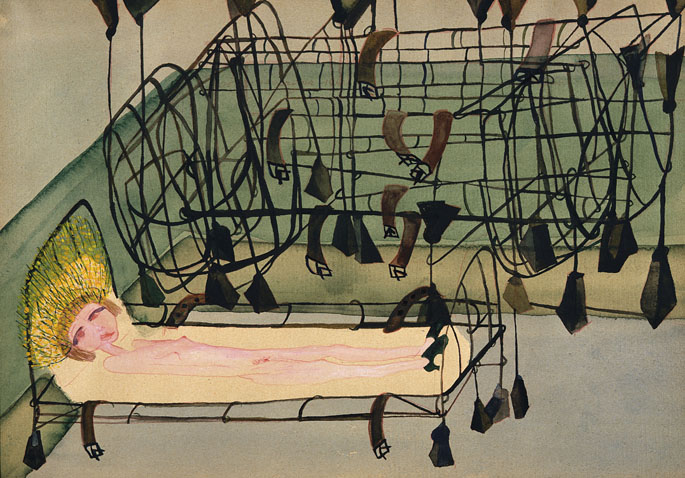
But the artistic trajectory didn't stay there. As Commissioner Paul, aka Beatriz, Preciado, has written, Rada’s work can be considered “a counter-archive of 20th century art”. The censorship of that first statement was conceived as a “warning”, but an invitation to put aside the figurative motives. At 50 he launched the “abstract war”, within the group Movimento per l’concret, to “limit a certain order” and “excessive freedom” to his work. In the middle of that decade, he moved away from the geometrical conventions of the group that worked concrete art and began experimenting with new materials, new techniques. For example, in the 1960s, Rama approached the artists who worked on linguistic experimentation, Novissimi’s visual poetry, especially the writer Edoardo Sanguineti. At that time, Sanguineti himself carried out works called bricolages, which were born from a mixture of different organic and inorganic elements.
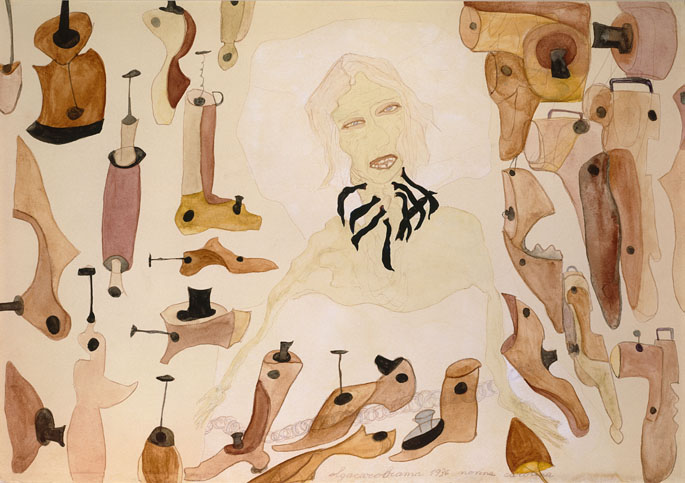
Starting in the late 1960s, the masculine figures of the art povera movement adopted the Italian art scene: Alighiero Boetti, Giuseppe Penone, Giulio Paolini, Mario Merz, Pino Pascali, Michelangelo Pistoletto. Carol Rama, once again, is going to stay out of this scene. Although rubber tires often appear on the site of the time – his father had a bicycle factory before it sank. But not only: foot and paw prosthesis, glass eyes, eyelids, hair, skin, nails, natural teeth, electrical components (fuses, batteries), doctors (syringes). In the 1970s, rubber tires will be used almost exclusively, just as a taxi driver works on the skin.
In 1980, Commissioner Lea Vergine “discovered” Rada’s work: she introduced some of these first watercolors to her in the collective exhibition L’altra metà dell’avanlaguardia 1910-1940. It included the work of a hundred women artists. This discovery again stopped Ram's smile. In two ways: she gives her the statement, but only as a woman. And it only shows the works of youth, it leaves in the darkness all the subsequent work. However, the creation does not cease: In the '90s, he'll paint the representations of the sick animals, the fashionable mad cows of that time. He also presented them as self-portraits: “I am the mad cow.”
Acknowledgement to Ram................ He was awarded the Golden Lion at the Venice Biennale for his work over seven decades. In this way, all the forecasts that in the case of Carol Rada referred to Guerrila Girls are strictly complied with: “The advantages of being an artist are that when you are eighty years old, your work starts to stand out; that anything you do will be classified as ‘feminine’; and that they will introduce you to the revised art stories.”
Paul B. We will return to Preciado’s text, which Elearaz’s friends have brought to Euskera in full – and well thought, I too could bring everything here, instead of spending it with others. The “minority” exhibitions see a risk: they can end up as mere footnotes within the great historiographical account. A little bit like this. “It’s true that modern art was done mostly by white men in central Europe, but don’t forget, there were also Sonia Terk, Liubov Popova, Claude Cahun, Dorothea Tanning… And sometimes, despite being in the shadow, they did beautiful things.” In addition, minority exhibitions are grouped into two groups: in some way “universalists”, which serve to reach the universal, that is, they can be absorbed by the hegemonic narration. And those who use the logic of “identity politics”, who risk renaturalizing differences, integrating them as mere anecdotes in the great history, corroborating the hegemonic narrative.
The Preciado himself visited Rama on the pretext of preparing the exhibition. But in 2005, the artist began to lose consciousness in a rapid process. The history of art has completely forgotten Carol Rama. Carol Ram has completely lost his memory. “The history of art is the history of our own amnesia,” says Preciado. And questioning whether exposure can be a way to reconstruct or guess the artist's memory, or, on the contrary, our attempt will be part of that generic amnesia project. As for the definition of Sarrionandia, there are fewer doubts: At a time when history is being rewritten, at what point is it not being reprinted? To deceive it, that is, the impasse, if it is no more than the tip, we must take advantage of it. After the end of Barcelona, we have the opportunity at the Musée d’Art Moderne in Paris, from 3 April to 12 July.
Pond of Venice, year 452. Prompted by the Huns' invasion, several inhabitants of the interior of the Italian peninsula took temporary refuge in the swampy area. But the Lombard invasions came in a few years, and it would become a permanent home for those immigrants. It was a... [+]
During a routine excavation in the Piazza San Giovanni in Laterano in Rome, archaeologists carried out the IX-XIII. They unexpectedly found the remains of a palace dating back to the centuries. And they think it could be the residence of the popes of the time. In other words,... [+]
More and more studies indicate that Neanderthals had more advanced cognitive abilities than previously thought. The latter, published in the Journal of Archeological Science, refers to the spearhead of bone found in the Mezmaiskaya cave in Russia in 2003.
Using microscopy,... [+]
The Indus Valley, about 5,000 years ago. The city of Mohenjo-Daro had about 35,000 inhabitants and, according to recent PNAS publication, had a very low Gini coefficient of 0.22 – a coefficient that measures the economic inequality of societies through the degree of... [+]
I've been enjoying a book lately. In a very short time I have read it twice; the first with pure delight and the second with a pencil in my hand. Hoces de piedra, martillos de bronce, by the Spanish archaeologist Rodrigo Villalobos, aims to explore prehistoric society to answer... [+]
In the Chinese province of Shanxi, in a tomb of the Tang dynasty, paintings depicting scenes from the daily lives of the dead are found. In one of these scenes a blonde man appears. Looking at the color of the hair and the facial expression, archaeologists who have studied the... [+]
Carthage, from B.C. Around the 814. The Phoenicians founded a colony and the dominant civilization in the eastern Mediterranean spread to the west. Two and a half centuries later, with the decline of the Phoenician metropolis of Tyre, Carthage became independent and its... [+]
Salvador Puig Antich frankismoaren kontrako militantea izan zen. Askapen Mugimendu Iberikoko kidea, 1973ko irailaren 25ean atxilotu zuten. Gerra-kontseilua egin zioten, eta garrotez exekutatu zuten handik sei hilabetera, 1974ko martxoaren 2an. Aurtengo otsailean baliogabetu du... [+]
Rudolf Botha hizkuntzalari hegoafrikarrak hipotesi bat bota berri du Homo erectus-i buruz: espezieak ahozko komunikazio moduren bat garatu zuen duela milioi bat urte baino gehiago. Homo sapiens-a da, dakigunez, hitz egiteko gai den espezie bakarra eta, beraz, hortik... [+]
Böblingen, Holy Roman Empire, 12 May 1525. Georg Truchsess von Waldburg overthrew the Württemberg insurgent peasants. Three days later, on 15 May, Philip of Hesse and the Duke of Saxony joined forces to crush the Thuringian rebels in Frankenhausen, killing some 5,000 peasants... [+]









